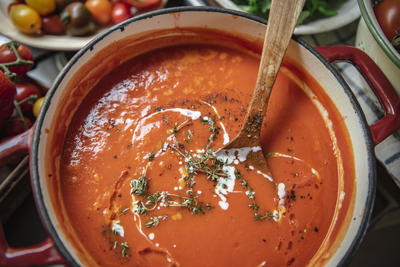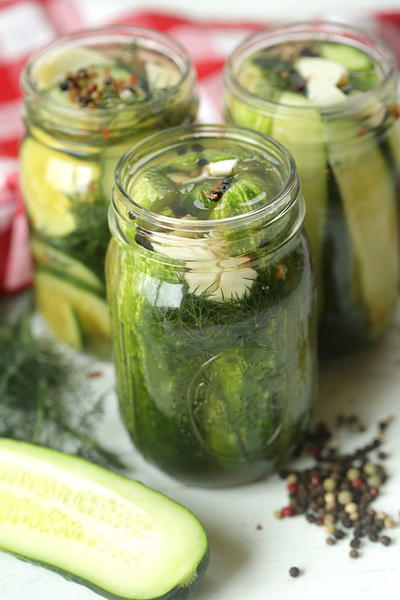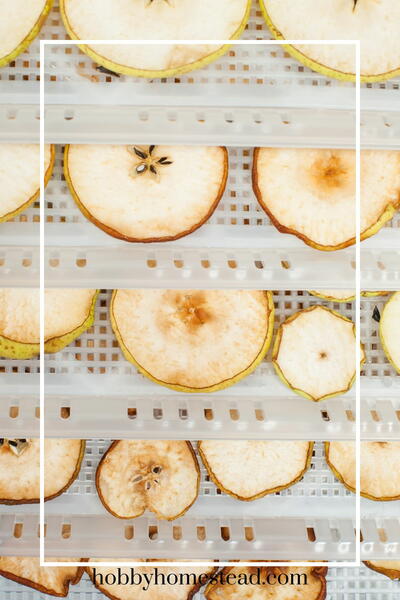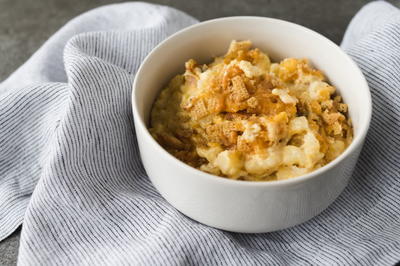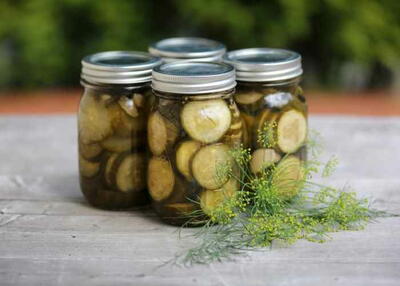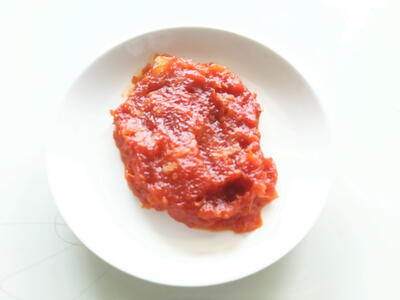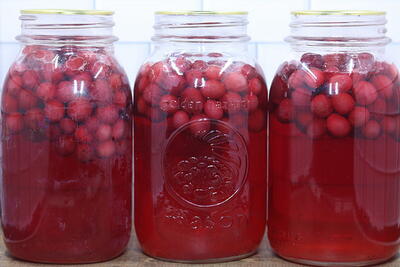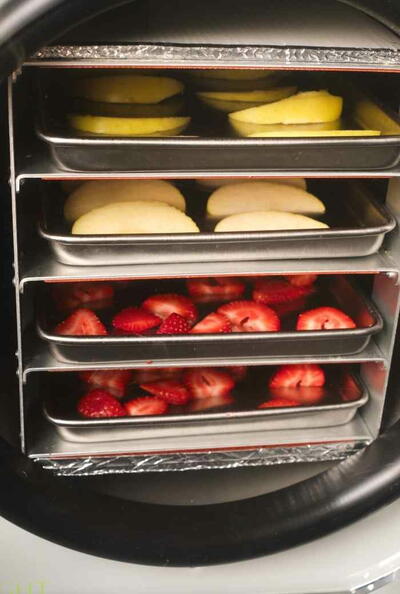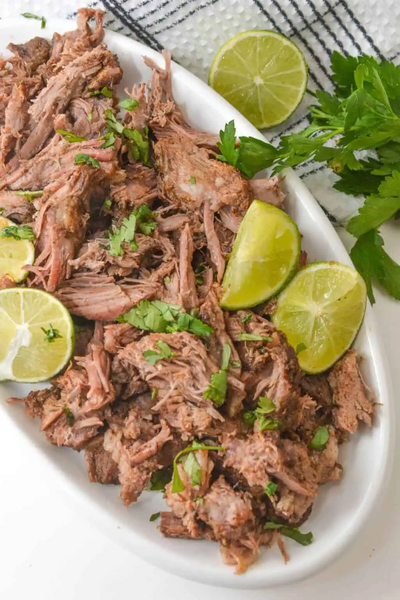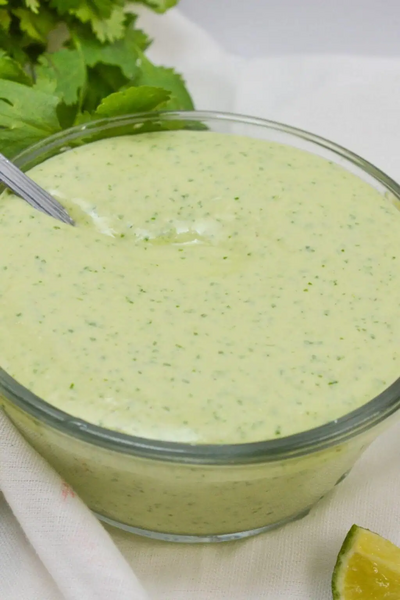Grape Wine
Ingredients
- We always make wine first, then make the jelly :-) so your
- question is not out of order in my book! Go to a wine and beer
- supply store. You will need a cheap paperback book on winemaking,
- a very large container in which to ferment the grapes, a 5 gal.
- glass bottle (kak carboy ) with a stopper and airlock for aging -
- one for each fermenting container, a wine hydrometer to show sugar
- and potential alcohol, an acid test kit, tannin, Campden tablets,
- and some disinfectant like potasium sulfite (which occurs naturally
- in the grape skin). Buy a good wine yeast, don't rely on haveing
- a good "wild" yeast on your grapes, too much likelyhood of failure.
- After all, why take chances with your 65# of grapes. You will need
- one pkg of yeast for every 5 gals of wine you make. Montrachet or
- champagne yeast is good with concord grapes.
Instructions
Crush all the grapes to release the juice. Do not heat. If you press the grapes before fermentation, you will get a lighter color wine. If you press after fermentation, you will get a dark colored wine. Either way, you will have a good taste. I press before just to get rid of the pulp. You can freeze the juice and make the wine later in the year if you want. Sterilize as many 7 to 10 gallon white plastic, food grade containers as you need for 65# of grapes (5 gals of juice in each), by washing with hot water and soap. Rinse with sulfite, then pour in 5 gallons of grape juice. If you don't have five gallons of juice, add white grape juice concentrate to make up the difference. Check the label of the concetrate and make sure it doesn't have preservatives, ie potasium sorbate etc., that will stop fermentation. You must have two gallons or more of expansion space in your container for the fermentation process. Wide mouth containers, like buckets, work the best. Check the sugar level with the hygrometer to yield 12 to 14% alcohol. Add white sugar melted in a small amount of boiling water to bring the residual sugar up to the 14% level. This can be about 2 to 4 lbs. of sugar per gallon of juice. This high alcohol content will effectively preserve your wine so that it won't spoil when storing. Concord grape wine tastes more pleasant when on the sweet side, too. High alcohol content will also make a better vinegar if you decide to go the extra step. Add about 1/4 tsp powdered tannin per gallon and mix thoroughly. Do not mix air into the juice. Crush and add the campden tablets according to the instructions with the tablets, usually two or three per gallon. Check the acid level and if not acidic enough, add ctric acid to bring it to a suitable level. Allow this to sit overnight with a cheesecloth or muslin cover over the container. Make a mix of one pkg of wine yeast and a pint of lukewarm water, for each 5 gal. container, and let it sit overnight. Don't use bread yeast because you can't be sure of the yeast heritage. Put the mix in a quart jar and allow to sit in a warm - not hot - place. After sitting 24 hours, the juice - now called must - has become sterilized of wild yeast and other bacteria, evaporated the sulffites and is ready to be inoculated with good bacteria or wine yeast. The pint of yeast in the warm water should be foamy and active. Gently stir this into the must and recover with the cloth. Every day, gently stir the must. You will notice a fairly active bubbling or "boiling" taking place. This is the yeast growing, eating the sugar and releasing alcohol and carbon dioxide. Keep the container covered to keep out bugs and vermin. Do not let the container of must get too warm or the wine will be bitter. Fermenting at 60 deg F or as close as you can get to that with out a lot of fuss is good. After two or three weeks, the must will stop bubbling. Recheck with the hydrometer. The sugar level should read 0. This means the fermentation is stopped because all the sugar is used up. Siphon - or properly called rack - the wine into a 5 gallon glass bottles and insert an airlock in the top of the bottle. Don't let the sludge from the bottom of the conatiner get into the siphon hose. Taste a little from each container to get a feel for the wine you are making. It is usually very "sharp" tasting at this stage. Do not allow the wine from one container to contaminate the others. Make sure all containers and hoses are sterilized before you begin. Put freshly made sulfite in the airlock to keep out bacteria. The 5 gal bottle should be full all the way up to the neck. If necessary, add boiled - sterilized - water to fill the container to the bottom of the neck. The wine may start to "work" agiain and bubble some more. This is OK and will improve the flavor of the wine. After about 6 to 8 weeks, you may notice a sludge form on the bottom of the bottle. Rack the wine into a clean bottle, discard the sludge on the bottom and fill the bottle to the neck with sterile water. Taste the wine again. You will notice good things beginning to happen to the grape juice. :-) Again, do not contaminate the wine with other wine. Note, if you are racking off several 5 gal carboys, you only need one extra bottle to begin the racking. After you empty a bottle, just clean and sterilize and use it for the next clean bottle, etc. I let my wine sit in the 5 gal bottle for a full year to age and mellow before putting it into smaller bottles. If all of your wine in the 5 gal containers still tastes good at the end of the year, you can mix all together when you put into small bottles to get one large uniform tasting batch. If one batch begins to sour, remove it from the wine making area so as not to contaminate the other wine wtih this bad bacteria. This jug will make vinegar. If it doesn't taste like vinegar at the end of the year, discard it. It may just be spoiled. This is usually the result of insufficient sulfites. Wine aged in the bottle for 4 to 6 years begins to mellow out to a *very* flavorful drink. We make a lot of wine every year or there wouldn't be any left to age to 6 years. :-) BTW, we just tasted a bottle of 1996 peach wine for dinner last night. It tasted scrumptious! Just like drinking sweet fresh peaches. The jelly we made from those peaches is all gone!

